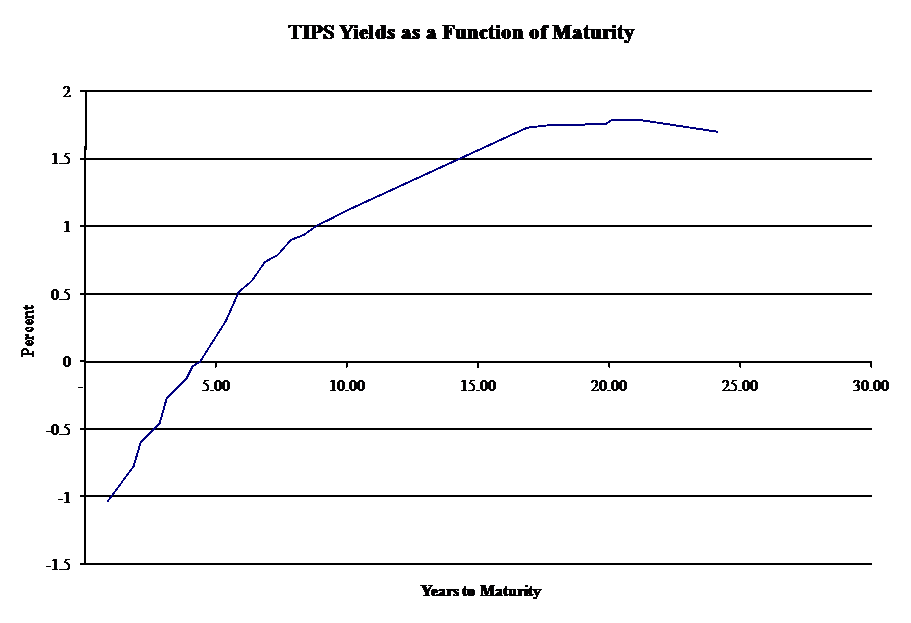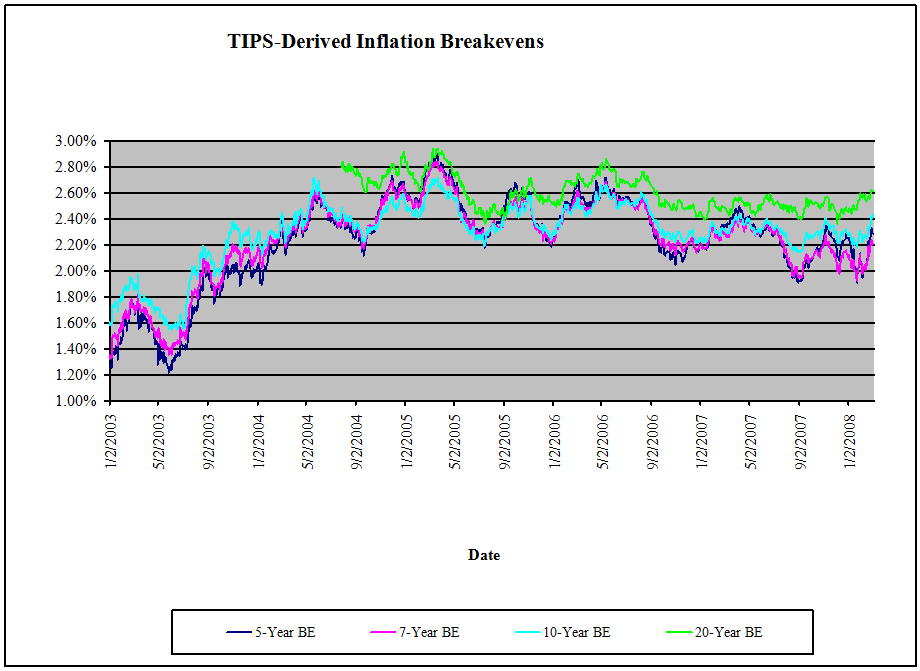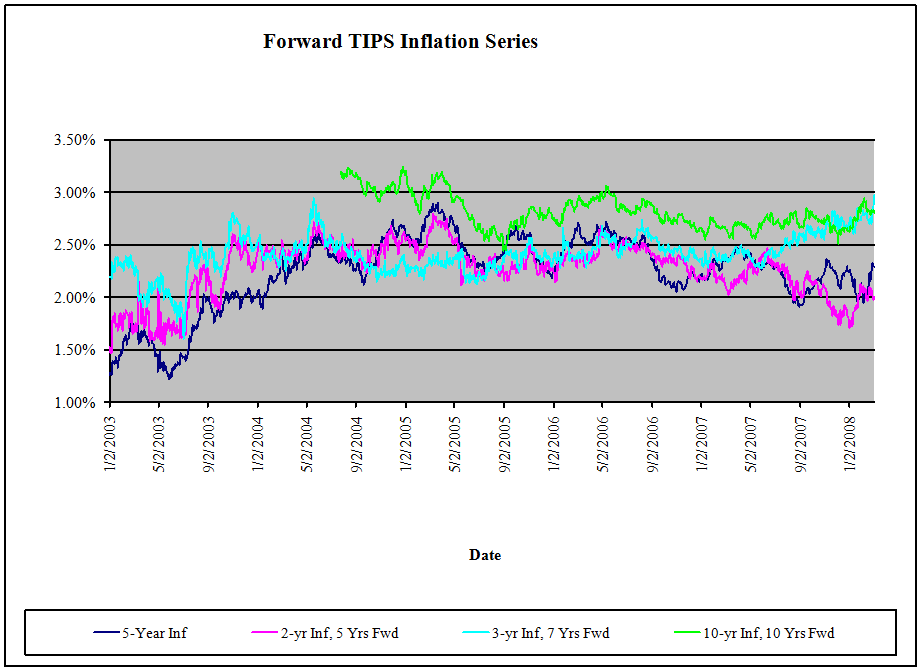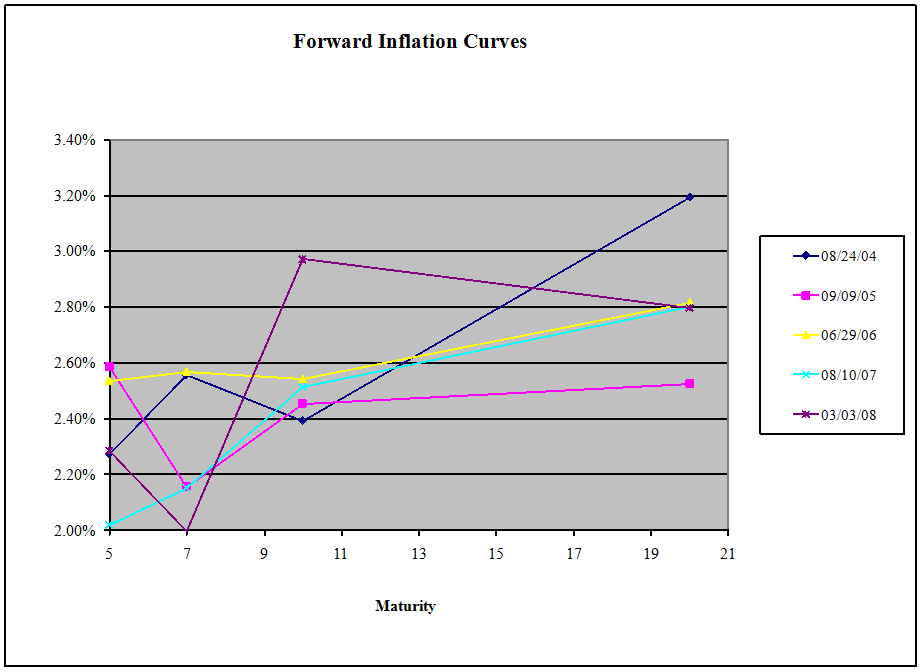Monday, at about 10AM, I sold my holdings in Deerfield, Deutsche Bank, and Royal Bank of Scotland.? I did it bloodlessly, realizing that Deerfield is the largest loss I have ever taken.? With the proceeds, I bought two placeholder assets that I will hold until the next reshaping (coming in a month), the Industrial (XLI) and Technology (XLK) Spiders.? By doing that, I cut the majority of the links that I had to the leveraged lending economy, which is collapsing at present.? When I saw that haircuts on repo for prime agency collateral had been raised for the second time, I threw in the towel, because too many things have broken that even I did not expect would break. (Even the haircuts on Treasuries have risen.)
With Deerfield, I made the error that if the collateral was very high quality, it could survive, even at high levels of leverage.? In a true panic, that does not matter.? All that matters is whether your leverage is low enough to allow you to survive the credit bust, and that you can do that over your financing horizon.
Financing horizon?? By that I mean how often your solvency gets measured.? For many mortgage REITs, that is a daily, weekly, or monthly phenomenon.? The longer the period, the better the odds of survival.? Short repo financing is by its nature is a weak financing method in a crisis.? The day you cross the line (margin inadequate) the brokers move to liquidate.? Given that some other managers may have been more aggressive, your excess capital can disappear, as more aggressive mangers miss margin calls, and the pressure of their liquidations, forces your more conservative positions down, and you have to liquidate also.
Now, think of a life insurance company, a long-tailed casualty insurer or a defined benefit pension plan.? If they buy AAA whole loans, or prime mortgage collateral, they can hold that position for 3+ years without worry.? Their liabilities aren’t going anywhere.? They know what they will be able to hold the investment through the panic period.? There are still questions over what the best time to buy is, but with many large companies or plans, the optimal thing to do is to suck in a little bit each day, quietly, when the bonds are cheap.? You won’t get the exact bottom; no one does, but you will do well.? My own example is buying floating rate trust preferreds back in late 2002.? Bought a 2% position over two months for my life insurance client without disturbing the markets.? My client cleared a minimum of 10% on those investment grade bonds within a year as the panic lifted.
Accounting vs. Financing
Now, there’s a lot of talk about fair value accounting standards, and how they are adding to the volatility at present.? They are adding to the volatility, but they have less effect than the way things get financed.? Unless the fair value accounting leads a company to violate a debt covenant, typically it does not have that much effect, because it does not change the pattern of cash flows that the company will generate.? Short term financing, where the portfolio’s “market value” gets measured on a daily basis has a much bigger impact, because as prices fall, liquidation of assets can feed a collapse of prices.? Or consider this article from Going Private, which cites an article from Financial Crookery, which highlights an attempt by Merrill Lynch to avoid having to pay out cash on a putable bond.? In order to do that, they make the bond more valuable, so that it won’t be put.? But this isn’t an accounting issue.? It is a financing issue.? Merrill doesn’t want to part with cash now, so it makes its future financing schedule more difficult.? It is a complex way of selling off a bit of the future in order to bail out the present.
Now, I disagree with The Economist article that spawned those posts as well.? There is a better way.? In place of the four common financial statements (Income Statement, Balance Sheet, Cash Flow Statement, and Shareholders Equity), have six.? The two additional statements would come from having a amortized cost income statement, and a fair value statement, and then, the same for the balance sheet.? It would not be a lot of extra work, because all of that data has to be gathered now already.? It would just create two different ways of looking at a financial entity.? One views it as a buy-and-hold investor (amortized cost), and the other as a trader (fair value).? The interpreter of those statements could decide which is more relevant.
I proposed this to an IASB commissioner 2-3 years ago, and she was horrified at the idea.? Two income statements?? Two balance sheets?? What confusion.? I pointed out to her that every financial statement is designed to answer one question.? Bond investors have to rearrange the data to do their analyses; we could create an EBITDA statement to make life easier for them, but we don’t.? The two statements types define two different ways of looking at a firm.? Each is more valid in different situations.
Now, for utility and industrial firms, these distinctions usually don’t matter much, but they do matter for financial firms.? There could be a seventh statement added there, which life insurance companies calculate for their regulators.? All financial companies should have cash flow testing done over the greater of the life of their assets and liabilities, over a wide number of interest rate and credit scenarios, calculating the present value of distributable earnings, to show where they are vulnerable.? They should publish the assumptions and results, and then let the market stew over them.
Now, for my actuarial friends, this would be the “Actuarial Full Employment Act.” Life Insurers control risk not by looking at short term movements in market prices, but through long-term stress testing.? It is no surprise that the insurers are doing much better than the banks in this environment.





